Tropical paradises capture our imagination with their pristine beaches, azure waters, and laid-back lifestyle. Hawaii and the Maldives stand out as two of the most coveted destinations for travelers seeking sun-soaked escapes, yet each offers distinctly different experiences despite their tropical similarities.
Here are 20 distinctive characteristics that set these island getaways apart, highlighting what makes each destination special.
Volcanic Origins vs. Coral Formation

Hawaii emerged from volcanic activity, with dramatic mountains and black sand beaches telling the story of its fiery birth. The islands continue to grow through occasional eruptions, most notably from the Kilauea volcano on the Big Island.
The Maldives, by contrast, formed from coral reefs atop ancient volcanoes that have long since sunk beneath the ocean’s surface, creating flat atolls that barely rise above sea level.
Island Size and Scope

Hawaii boasts large, mountainous islands, with the Big Island spanning over 4,000 square miles of diverse terrain. You can drive for hours exploring valleys, highlands, and coastlines without leaving the island.
The Maldives consists of tiny islands, with most resorts occupying their private island, which measures less than half a mile across, creating an intimate, enclosed paradise experience.
Like Travel Pug’s content? Follow us on MSN.
Cultural Heritage

Hawaii’s rich Polynesian culture blends with American influences, creating a unique cultural tapestry evident in everything from luaus to contemporary Hawaiian music. Local traditions like hula dancing tell stories passed down through generations.
The Maldives showcases a distinctly South Asian heritage with strong Islamic influences, reflected in the capital Malé’s beautiful mosques and the rhythmic boduberu music accompanying local celebrations.
Marine Life Diversity

Hawaii’s isolation in the Pacific has created unique marine ecosystems, with roughly 25% of fish species found nowhere else on Earth. Snorkelers might encounter the state fish, the humuhumunukunukuapua’a, alongside green sea turtles in protected bays.
The Maldives sits in the Indian Ocean’s nutrient-rich currents, attracting spectacular marine visitors like manta rays, whale sharks, and over 2,000 species of tropical fish that thrive among the vibrant coral gardens.
Accommodation Styles
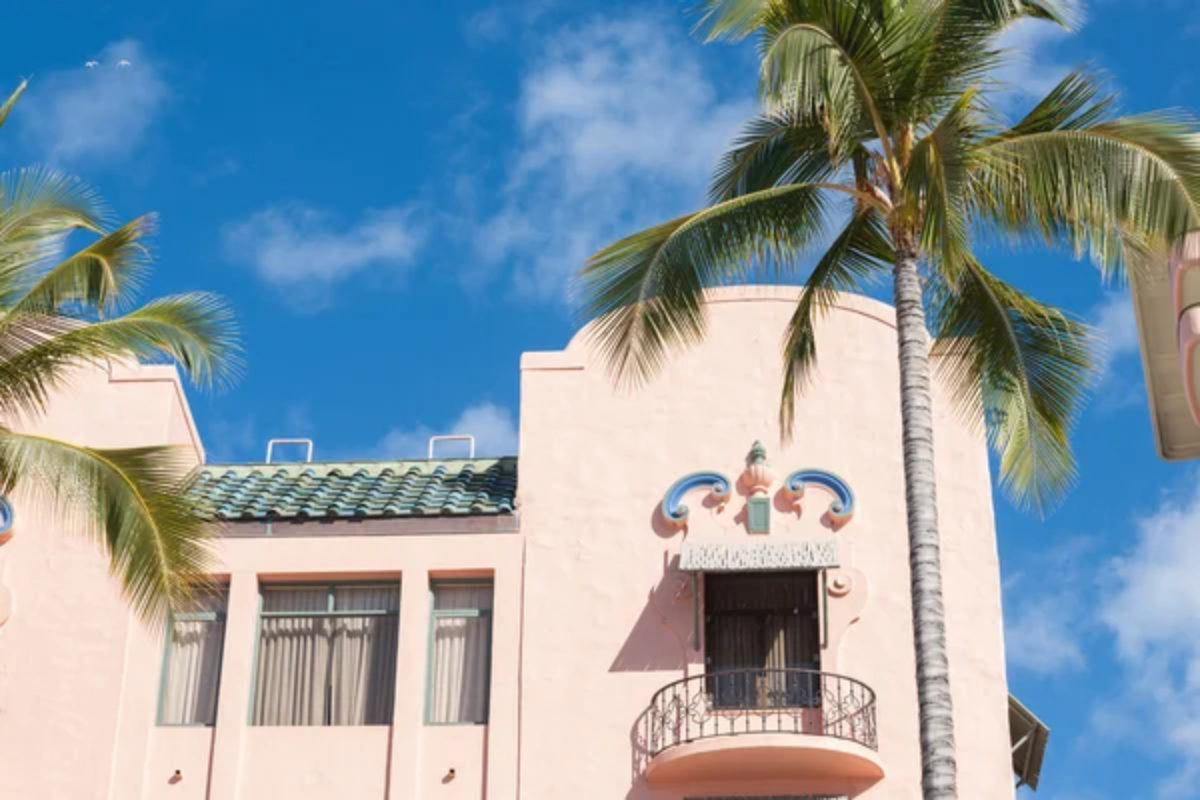
Hawaii offers diverse lodging options, from luxury resorts to vacation rentals, boutique hotels, and mountain cabins, allowing visitors to experience different aspects of island life. For example, you might stay at a high-rise in Waikiki one night and at a plantation cottage the next.
The Maldives has perfected the overwater bungalow concept, with most luxury resorts featuring these iconic accommodations perched above crystal-clear lagoons, creating a truly immersive ocean experience.
Like Travel Pug’s content? Follow us on MSN.
Dining Experiences

Hawaii’s food scene reflects its multicultural population. Pacific Rim cuisine features Japanese, Chinese, Filipino, Portuguese, and native Hawaiian influences. Local specialties like poke (seasoned raw fish) and plate lunches can be enjoyed at casual roadside stands.
Maldivian cuisine centers around fresh seafood, coconut, and curry flavors, with dishes like mas huni (tuna with coconut) for breakfast. However, most resorts offer international cuisine rather than purely local fare.
Accessibility and Travel
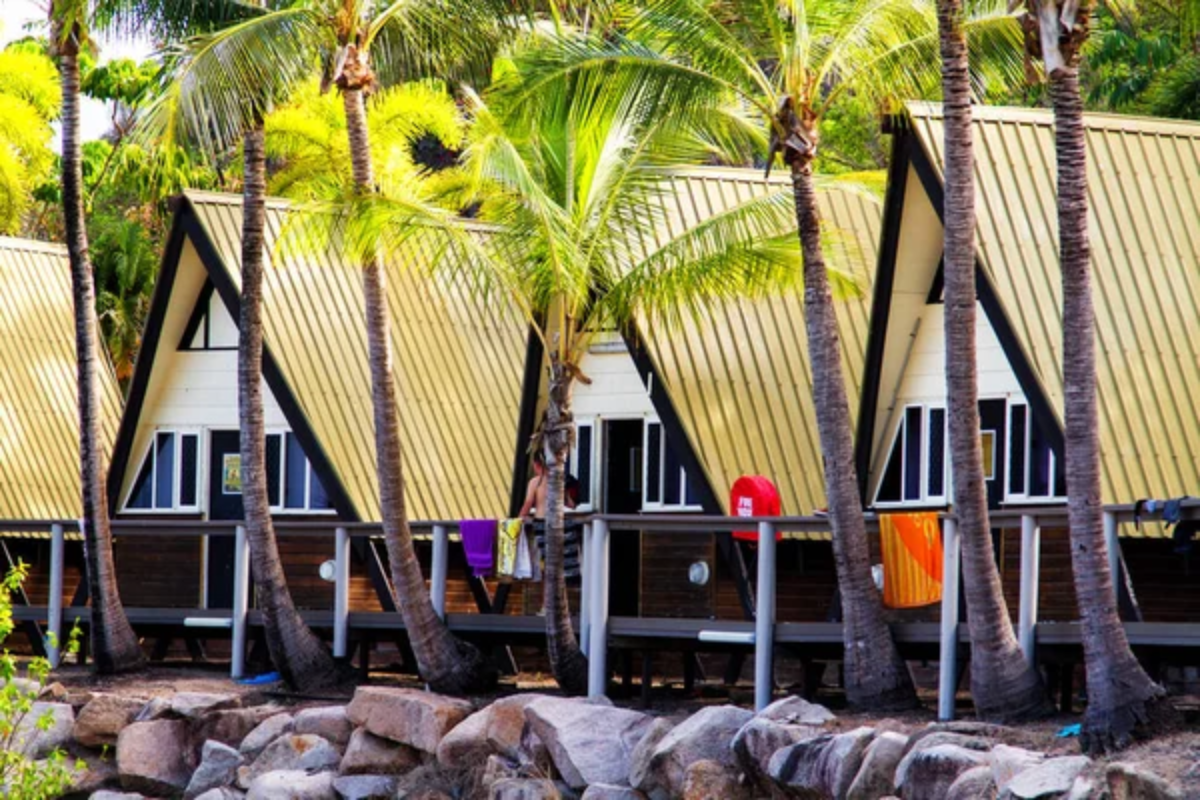
Hawaii welcomes visitors with direct flights from numerous mainland U.S. cities and international destinations, making travel relatively straightforward. Inter-island travel is quick, with frequent 30-minute flights between islands.
The Maldives requires more effort to reach. Typically, long-haul flights to Malé are followed by seaplane or speedboat transfers to the resort island, sometimes adding several hours to the journey.
Weather Patterns
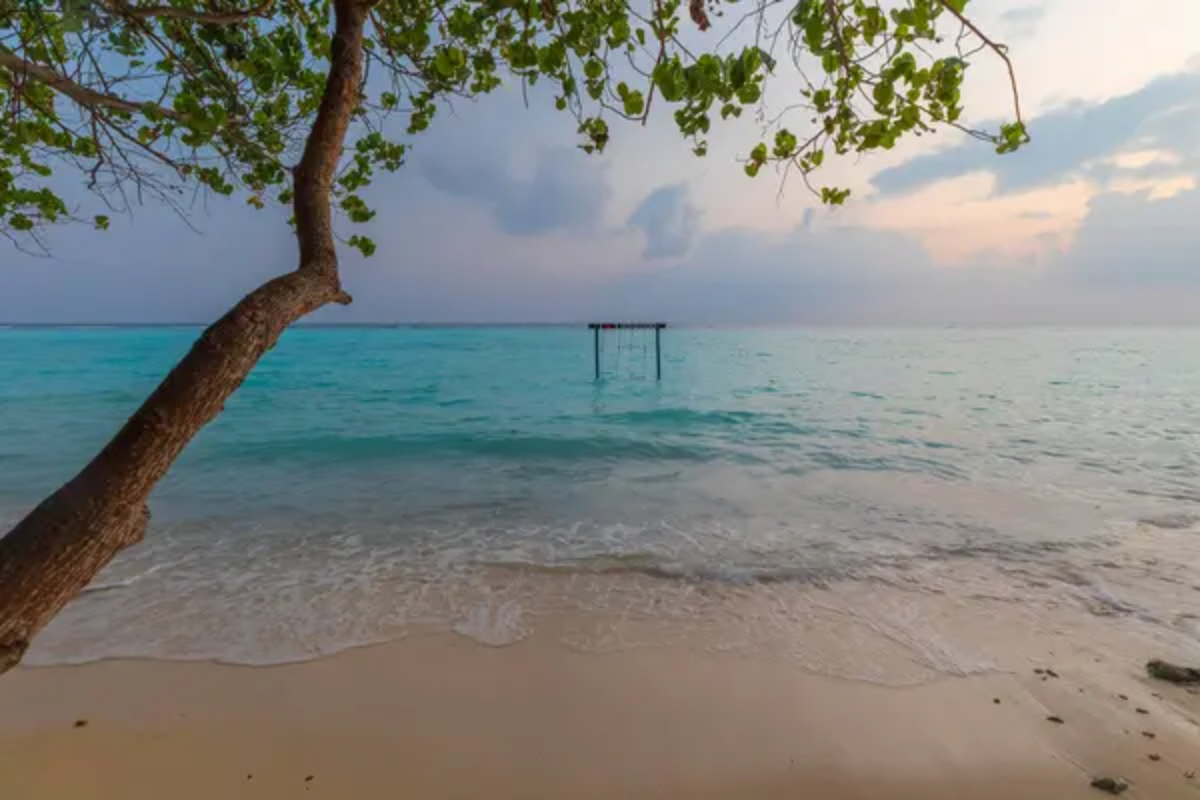
Hawaii enjoys a relatively stable climate year-round, with temperatures typically between 75-85°F; it has distinct microclimates ranging from tropical rainforests to desert-like conditions within short distances. The islands experience winter swells on the north shores and summer swells on the south shores.
The Maldives maintains more consistent weather, with temperatures hovering around 80-86°F throughout the year. However, it experiences distinct dry and wet monsoon seasons that affect different atolls at different times.
Like Travel Pug’s content? Follow us on MSN.
Adventure Activities

Hawaii is a playground for thrill-seekers with opportunities for big-wave surfing, volcano hiking, waterfall rappelling, and helicopter tours over active volcanic areas. The dramatic topography creates natural adventure courses across the islands.
The Maldives excels in underwater adventures with world-class diving, drift snorkeling through channels, and swimming with manta rays, focusing on marine-based activities rather than land adventures due to its limited topography.
Wildlife Encounters
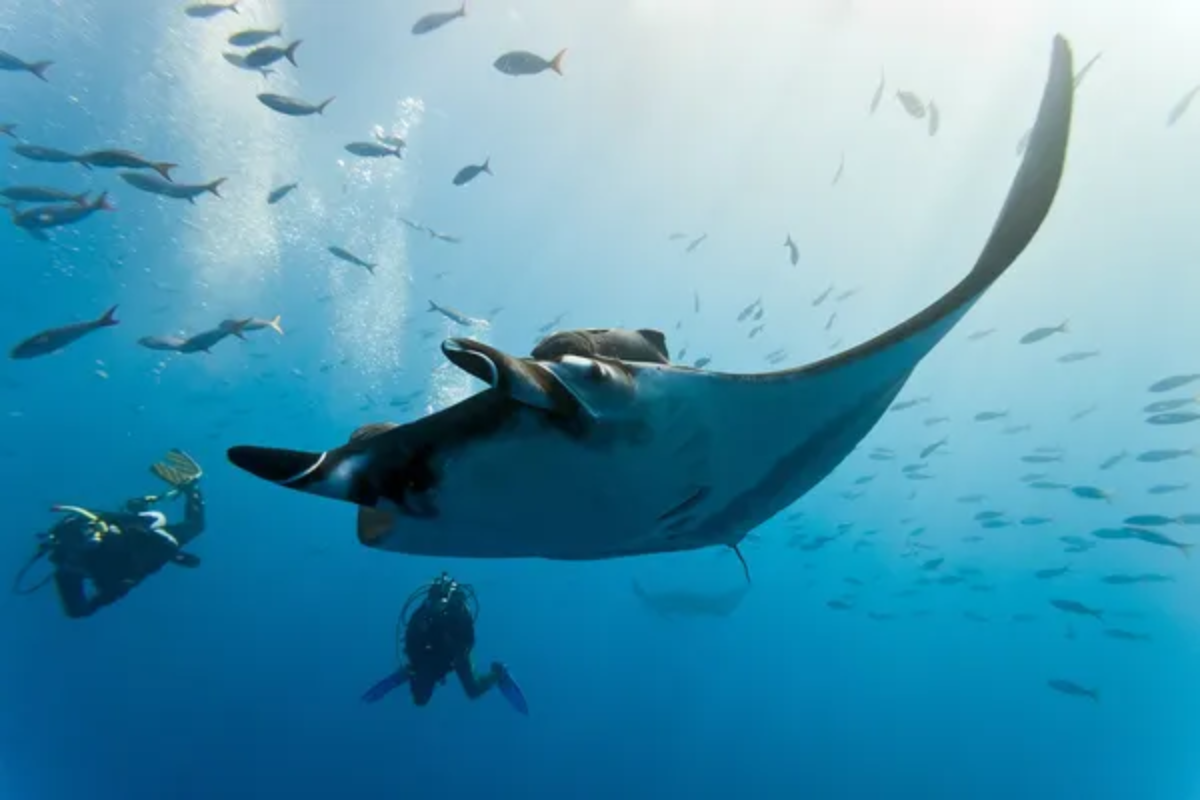
Hawaii hosts fascinating endemic species like the nene goose, happy-face spider, and numerous honeycreeper birds found nowhere else on Earth. Land creatures evolved in isolation, creating unique adaptations to island life.
The Maldives offers fewer land creatures but compensates with marine spectacles, including dolphin pods that frequently swim alongside boats, reef sharks patrolling lagoons, and seasonal gatherings of manta rays at cleaning stations.
Sunset Experiences

Hawaii offers dramatic sunsets from elevated positions on volcanic peaks, where you might catch the famous ‘green flash’ as the sun dips below the horizon. Evening light casts long shadows across valleys and illuminates cloud formations around mountaintops.
The Maldives offers unobstructed 360-degree sunset views over an endless ocean horizon, often enjoyed from the deck of your overwater bungalow or during sunset cruises, when the sky and sea seem to merge into one colorful canvas.
Like Travel Pug’s content? Follow us on MSN.
Shopping and Souvenirs
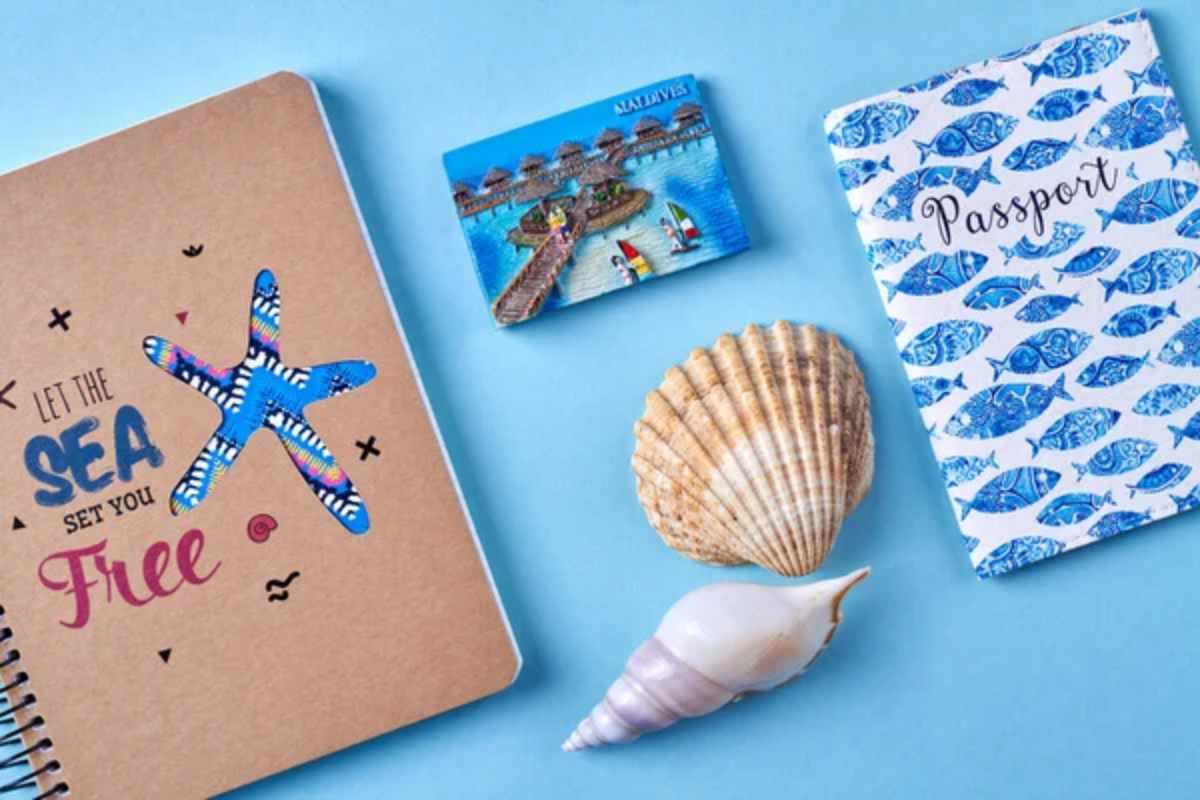
Hawaii features everything from high-end malls in Honolulu to charming town boutiques selling locally made crafts, clothing, and food products like Kona coffee or macadamia nuts. Local markets offer handmade items reflecting island traditions and modern Hawaiian design.
The Maldives has limited shopping opportunities outside of resort gift shops. However, these often feature fine craftsmanship in items like model dhonis (traditional boats) and woven mats, with most substantial shopping confined to Malé’s markets.
Price Points

Hawaii offers experiences across various budget levels, from affordable camping and vacation rentals to luxury resorts, making it accessible to different types of travelers. Food costs vary widely, with options from grocery stores to high-end restaurants.
The Maldives positions itself firmly in the luxury market, with most resorts starting at $500-1,000 per night and few budget alternatives, creating an exclusive experience with a substantial price tag for nearly everything.
Water Clarity

Hawaii has beautiful waters, particularly on the leeward sides of islands, though clarity varies dramatically based on location, recent rainfall, and wave action. Some bays offer crystal-clear waters, while others might be cloudier due to island runoff.
The Maldives consistently delivers extraordinary water clarity, with visibility exceeding 100 feet. Thanks to the absence of large islands and rivers that might introduce sediment, the Maldives’ waters create the famous ‘floating on air’ visual effect when snorkeling or swimming.
Like Travel Pug’s content? Follow us on MSN.
Local Transportation

Hawaii requires rental cars for most visitors wanting to explore beyond their resort areas, with public transportation limited except in Honolulu. Roads wind through diverse landscapes, offering scenic drives as part of the experience.
The Maldives eliminates traditional transportation concerns as most resorts occupy their islands where everything is within walking distance, and moving between islands typically involves boats or seaplanes rather than cars or buses.
Nightlife Options
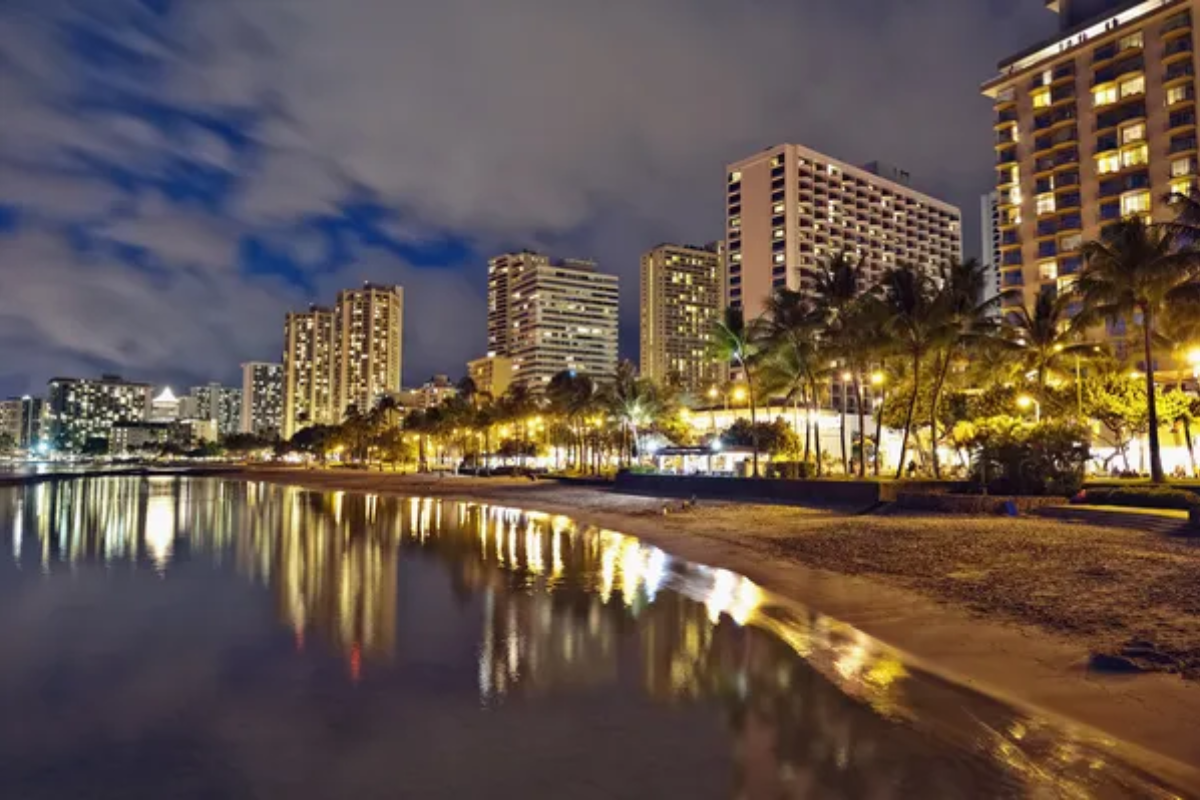
Hawaii offers diverse evening entertainment, from luau performances to modern clubs in Waikiki, live music venues, and stargazing programs on Mauna Kea, where visitors can observe the night sky through powerful telescopes.
The Maldives offers a quieter nightlife centered around resort restaurants, beach bars, and occasional cultural performances. The emphasis is on romantic dinners rather than lively entertainment, creating a more serene evening atmosphere.
Interaction with Locals
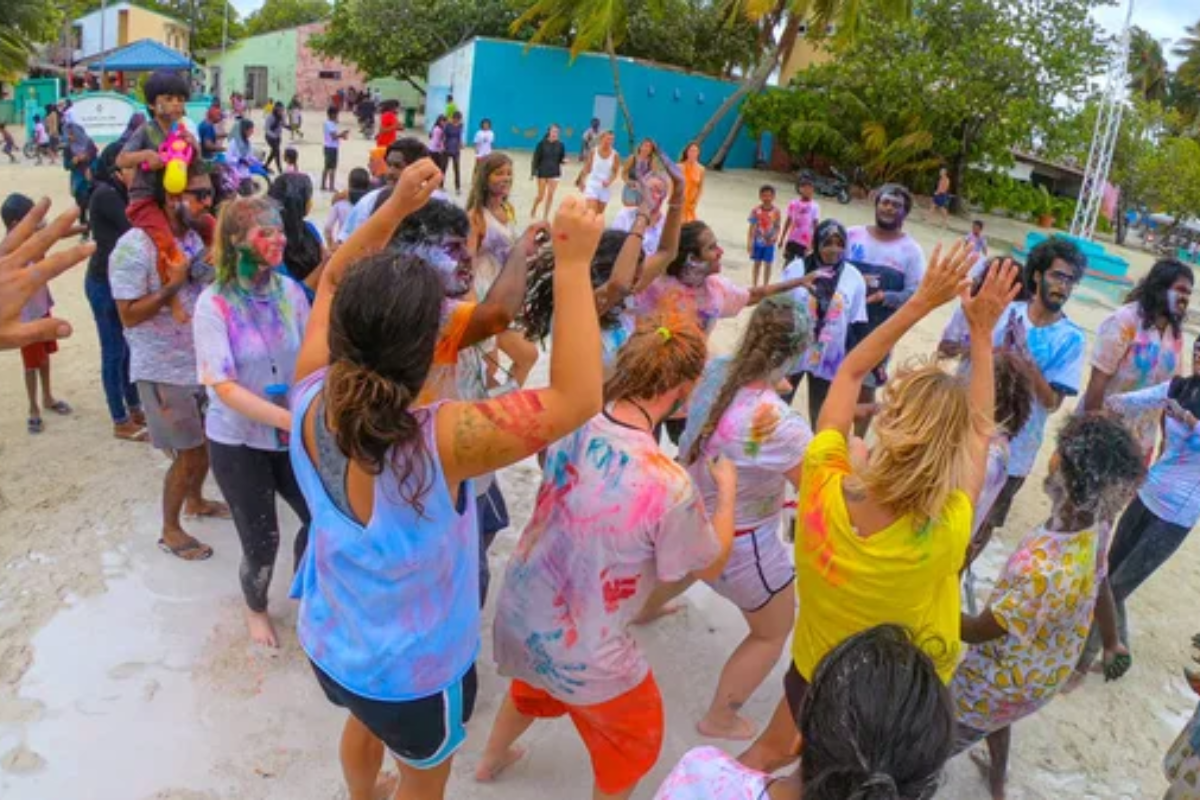
Hawaii provides numerous opportunities to engage with residents through farmers’ markets, local festivals, and community events held throughout the islands. Visitors often encounter locals during everyday activities like hiking trails and beach parks.
The Maldives creates a more enclosed resort experience, where interactions primarily occur with staff members rather than the broader community. However, some excursions to inhabited islands offer glimpses into local life outside the tourism bubble.
Like Travel Pug’s content? Follow us on MSN.
Surf Conditions
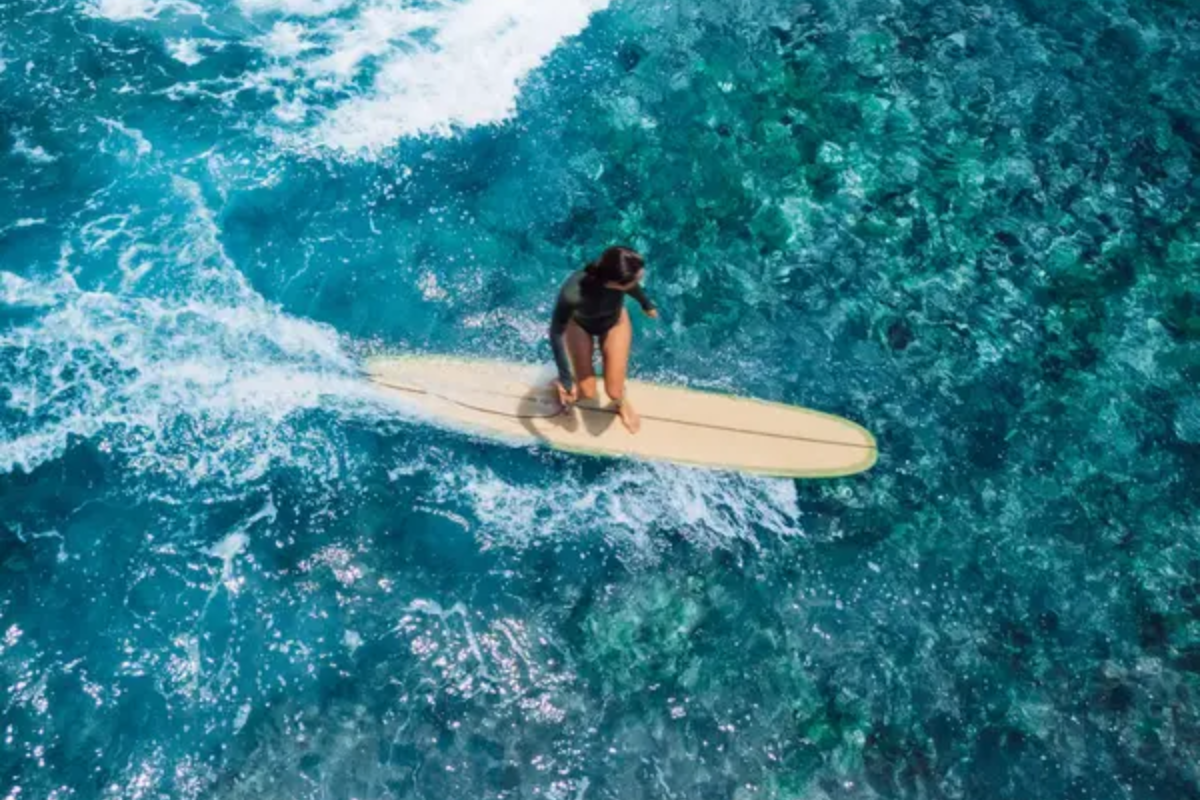
Hawaii is a legendary surfing destination. It is home to iconic breaks like Pipeline and Jaws, where professional surfers challenge massive waves, particularly during winter. The varied coastlines offer everything from beginner spots to expert-only waves across all islands.
The Maldives has emerged as a surf destination with quality reef breaks. However, they’re less powerful than Hawaii’s and concentrated in certain atolls like North Malé and Laamu, requiring boat access to reach the best spots.
Photography Opportunities
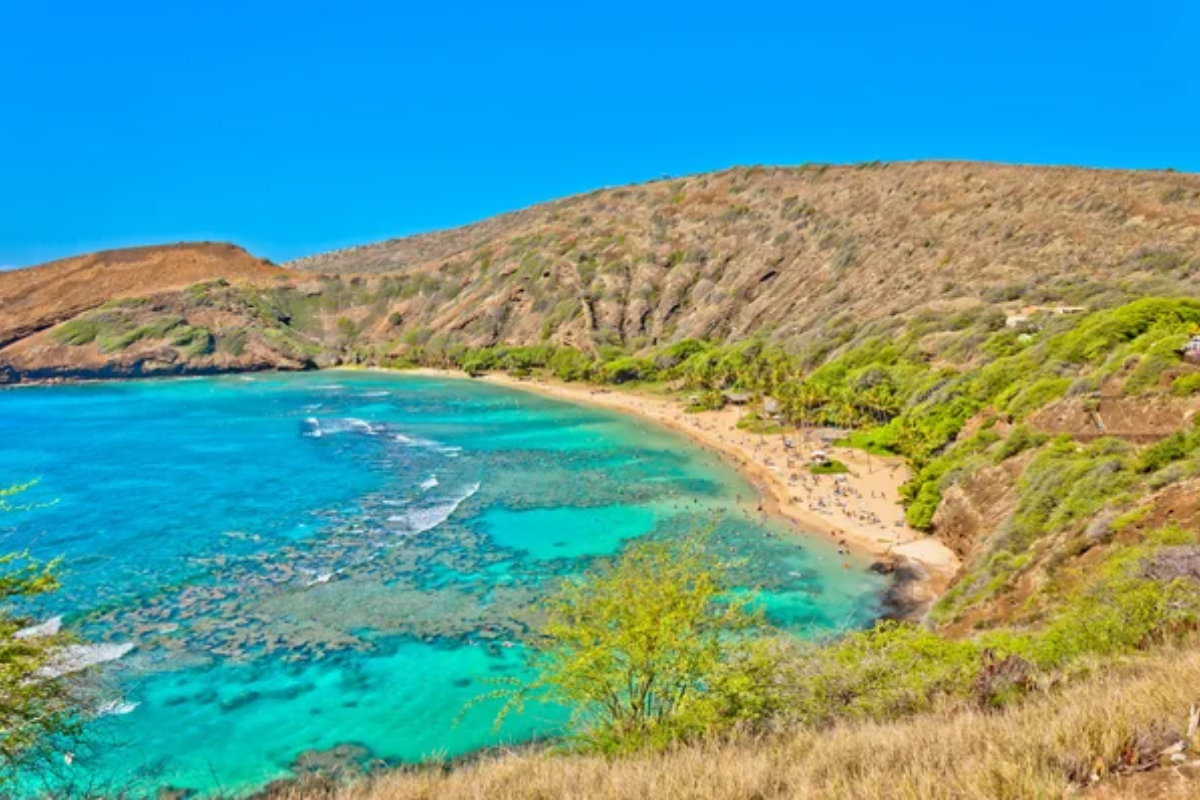
Hawaii delivers dramatic landscape photography with towering waterfalls, jagged mountain ridges, and volcanic craters, creating striking compositions in ever-changing light conditions. Aerial photography reveals spectacular patterns formed by lava flows and lush valleys.
The Maldives excels in minimalist compositions featuring perfect palm-fringed islands surrounded by gradient blue waters, overwater villas extending into turquoise lagoons, and underwater photography opportunities in exceptionally clear waters.
Wedding and Honeymoon Appeal
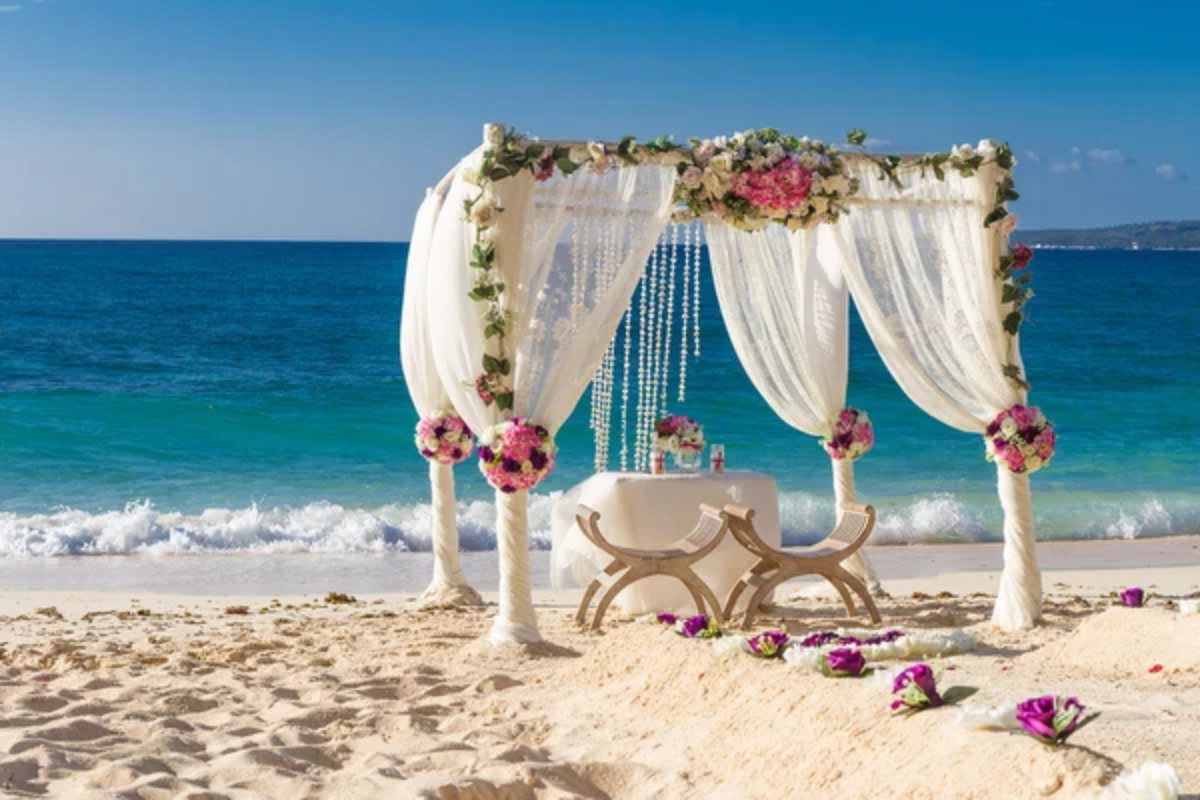
Hawaii attracts couples with diverse wedding options, from clifftop ceremonies to traditional Hawaiian celebrations involving flower leis, conch shell blowing, and hula performances. Multiple vendors and venues accommodate celebrations of all sizes and styles.
The Maldives specializes in intimate, ultra-private ceremonies often held on sandbanks that appear and disappear with the tides, creating truly exclusive experiences limited to the couple and officiant against a backdrop of ocean and sky
Like Travel Pug’s content? Follow us on MSN.
Between Two Worlds

Hawaii and the Maldives represent different approaches to a tropical paradise, each exceptional in its own way. The Hawaiian islands blend adventure with culture, offering volcanic landscapes and Polynesian traditions within the familiar framework of American amenities.
The Maldives provides perhaps the purest expression of the tropical island fantasy—tiny perfect islands with white sand beaches and blue lagoons that feel removed from everyday reality. The choice between them ultimately depends on what version of paradise speaks to your soul.
More from Travel Pug

- 20 Towns Built for One Purpose That Were Later Abandoned
- 15 Hidden Spots in Disney World’s Magic Kingdom Most Visitors Miss
- 20 Once-Popular Beach Towns That Are Now Ghostly Empty
- 15 Canyons in the U.S. That Are Just as Stunning as the Grand Canyon
- 10 Under-the-Radar Mountain Towns That Are Both Affordable and Beautiful
Like Travel Pug’s content? Follow us on MSN.
